Even the mightiest warship, with its intimidating guns and thick armor, would be severely handicapped without a conning tower. The conning tower served as the control center for a warship, allowing officers to observe everything around the ship and direct it.
What Is a Conning Tower?
A conning tower is a platform aboard a ship from which the captain, commander, or officer in charge can direct the ship’s movement. The conning tower takes its name from the word “conn”, a variation of the word “conduct”, in which the ship is being conducted or directed.
The conning tower is little more than an armoured cylinder that protects the people directing the ship during combat. For this reason, the conning tower had to be armoured so that it could protect the crew within while also being located in a position that granted the people inside a good view of the surrounding area. This meant that it was typically built to be rather high to provide a better view. The inside of a conning tower was not pleasant. Conditions were cramped and the equipment basic.
The conning tower should not be confused with the bridge. Most warships carried both a bridge and a conning tower. However, the bridge was not armoured, though it was often larger and more spacious. For this reason, the ship was generally commanded from the bridge when not in combat.
When did the Conning Tower come around?
The origins of the conning tower run largely parallel to the development of the modern battleship. They first arrived during the middle of the 1800s.
France had used an early variation of the conning tower on its Devastation class ironclads. These floating batteries must have proven the concept as the conning tower was next fitted to their oceangoing ironclad Gloire in 1859. The United Kingdom also independently developing its own conning towers that saw their introduction aboard the ironclad HMS Warrior in 1860. The United States also introduced the conning tower aboard the new protected cruisers Atlanta, Boston, and Chicago during the mid 1880s.
These early conning towers were lightly protected. Most ships carried one to four inches of armor. However, as guns became more powerful, the armour on the conning tower became much thicker to resist them. Heavily armoured conning towers really began to arrive by the 1870s on battleships. HMS Dreadnought, laid down in 1870, possessed a conning tower with 11″ of armor at its maximum. The Ajax class, laid down in 1876, featured 12″ conning towers. Royal Navy battleships featured such heavily armoured conning towers for the next 5 decades. They culminated in the Nelson class battleships that featured 13.5″ thick armor on the conning tower.
Across the Atlantic, the United States was behind other countries in adopting more powerful ocean-going capital ships. USS Iowa (BB-4) for example, was not laid down until 1893. She featured a conning tower with 10″ of armor protection, comparable to other ships at the time. Following battleships maintained conning towers of 10-12″ depending on the class. It wasn’t until the North Carolina class battleships, laid down in 1937, that protection began to surge. While the North Carolina class featured 12″ of armor on the conning tower, the following South Dakota class featured 16″ of armor. The Iowa class that followed had a 17″ conning tower, while the last battleships designed my the United States, the Montana class, featured a conning tower with 18″ of armor protection.
If heavier guns required a heavier conning tower to protect against them, then Japan had the most protected conning towers of all. While previous battleships were more or less armoured with their contemporaries, that all changed with the arrival of the Yamato class. Featuring massive 18.1″ guns, these ships had the armor to match. Yamato and her sister Musashi featured a conning tower 19.7″ (500mm) thick, the strongest fitted to any battleship.
The Decline of the Heavily Armoured Conning Tower
Interestingly enough, the concept of a heavily armoured conning tower was already beginning to fade before even the battleship itself had.
The Royal Navy, one of the earliest adopters of the armoured conning tower, was one of the first to determine that they were no longer as viable. During the interwar years, the Royal Navy conducted extensive examinations into the naval battles of World War I and how the crew performed in them. One of the most startling discoveries was that those commanding the ships often directed them from outside the conning tower. A similar analysis of the United States Navy during the Second World War also showed a similar trend. During a majority of engagements, the officers preferred to direct the ship’s from outside the conning tower. It appears that the commanding crew preferred superior visibility over protection.
A second issue that was observed with heavily armoured conning towers was the possibility that they could no longer protect their occupants from heavy caliber hits. For instance, during the Battle of Jutland, the crews of German warships reported the conning tower crews suffering concussions as British shells struck the conning tower. Though they did not penetrate, they succeeded in interfering with the crew. As battleship guns got more powerful, the likelihood that they could incapacitate the crew inside or damage the equipment grew. If the armour could stop the shell, but not protect what was inside, what was the point? Of course, there was no evidence to truly support this theory so it remained purely speculation.
However, it wasn’t just crew preferences that led to the decline of the heavily armoured conning tower. How the conning tower impacted the overall design of the ship also led to reservations about its use.
The Heavily Armoured Conning Tower Fades Away
It is for the reasons listed above that the Royal Navy was the first to abandon the heavily armoured conning tower with their King George V class battleships. The Royal Navy had identified that the command crew preferred superior vision over protection. In addition, the conning tower was an immensely heavy structure. Not only did this eat up tonnage that could be used elsewhere, the height of the conning tower impacted stability. This was particularly important as the Washington Naval Treaty was now limiting the tonnage of each battleship. Sacrificing the armour of the conning tower allowed it to be distributed elsewhere. Thus, the King George class would be equipped with lightly armoured conning towers with a maximum armor thickness of 4″, enough to protect the command crew from light weaponry and splinters. The lighter weight of these towers also allowed them to be placed higher in the ship, granting the command crew the superior visibility they preferred.
The lightly armoured conning tower of the King George V class carried over into subsequent British battleships. The never-built Lion class featured a similar conning tower as did the ad-hoc HMS Vanguard. Both designs featured larger, more spacious bridges that were much more comfortable for the command staff.
Interestingly, the United States Navy had arrived at the same conclusions as the Royal Navy had. They knew from experience that command staff preferred to operate the ship from outside the tower. However, the US was a little more reluctant to abandon the heavily armoured conning tower altogether like the Royal Navy. Though earlier ships, such as those damaged during the Pearl Harbor attack, had their conning towers removed during rebuilds, newer dreadnoughts still chose to incorporate the heavy armoured conning in their designs. In fact, from the North Carolina to Montana classes, each design featured a progressively heavier conning tower.
The Iowa and Montana classes were designed when weight limits were no longer in effect, allowing for weight to be dedicated for heavy conning towers. However, the fact that they used them while rebuilt ships lost them is interesting. Evidence isn’t particularly conclusive, but it appears that the older ships had to sacrifice them in order to free up tonnage that would be used for other equipment. In addition, the older ships were not expected to be operating on the front lines as much as the newer, more modern dreadnoughts. In any regard, the US Navy still saw some need for them as long as weight permitted.
Other nations are a little less clear as to their opinions on the armoured conning tower. Other nations did not get to design newer battleships that took on emerging lessons. It is hard to determine if the reduction in the conning tower was to be a general trend across the world or merely a unique trait of British dreadnoughts.
Final Thoughts
While the choice between heavily armoured conning tower versus a lightly armoured conning tower was never resolved, in the end it hardly mattered as soon after World War II, the battleship itself died. With the retiring of battleships and the end of new design, the conning tower quietly died with them. Newer warships, no longer requiring heavy armour, have little need for conning towers. Command Information Centers perform many of the same functions while being buried deep with the ship, offering a different kind of protection for a new kind of warfare.
Further Reading and Other Links
Want to follow Navy General Board on Social Media? Check us out on the platforms below!
- YouTube
- The Navy General Board Forum
- Want to help the site continue to expand? Support us on Patreon.
More Great Articles
The biggest Cruisers of World War II.
Life aboard a US Navy Battleship During the Korean War.
The Iowa Class Battleship, A Departure from Traditional Design
The Malta Class: The Carriers that Never Were
Battleship Showdown : South Dakota vs B16B/38
Check out Awesome Guest Articles!

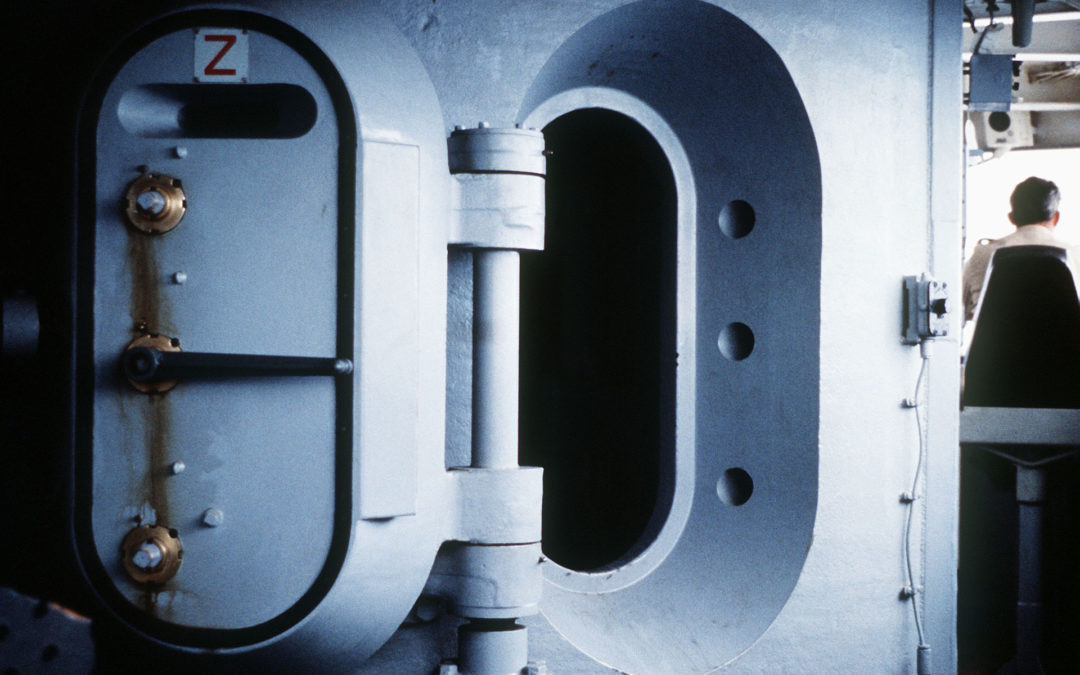
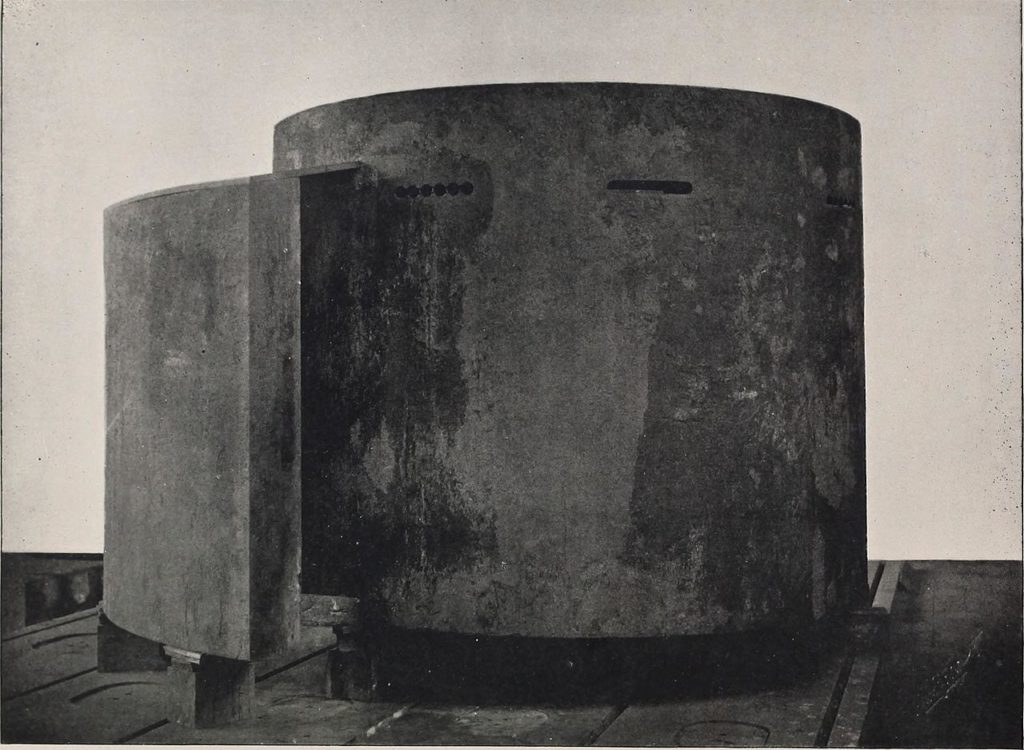
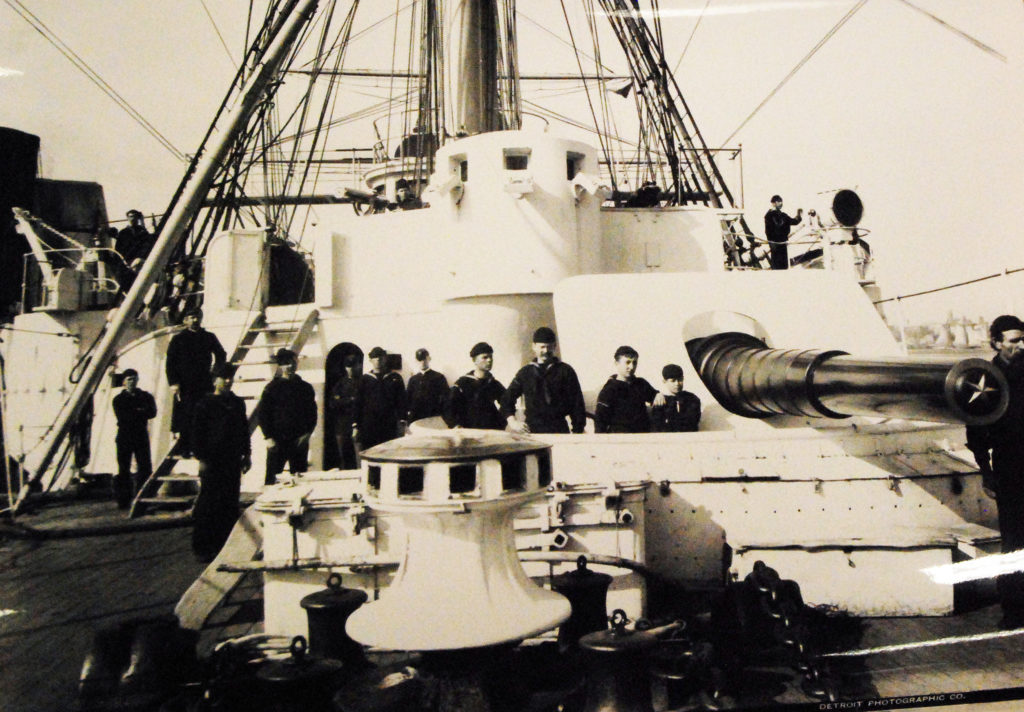
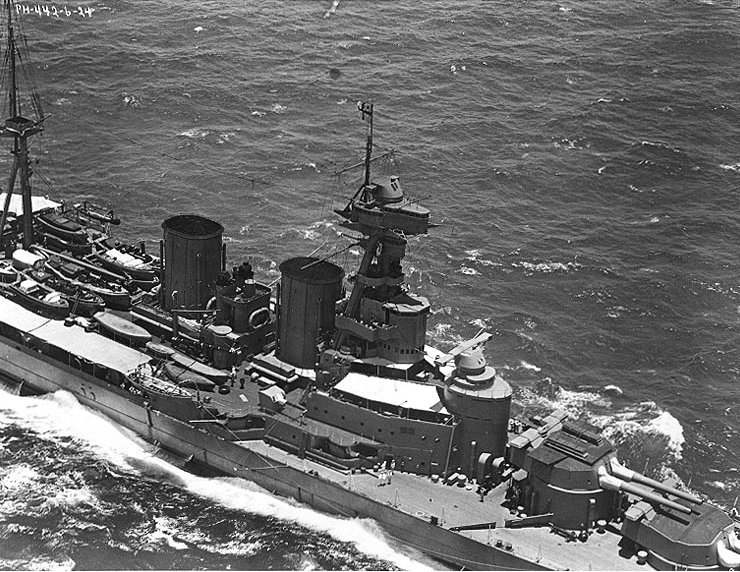
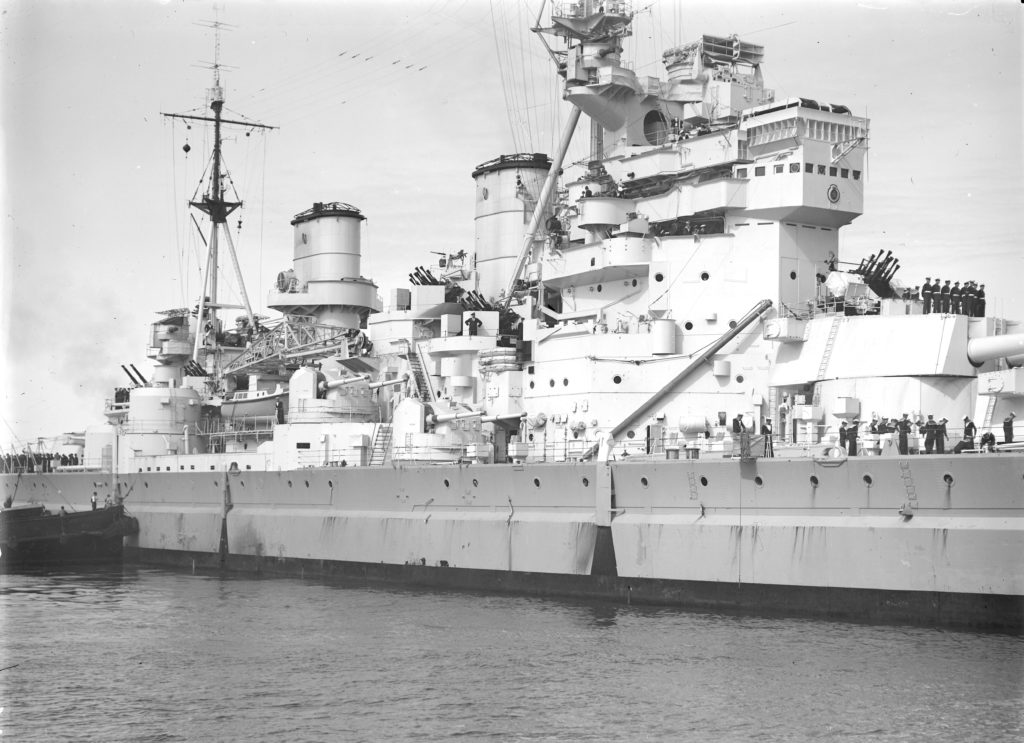
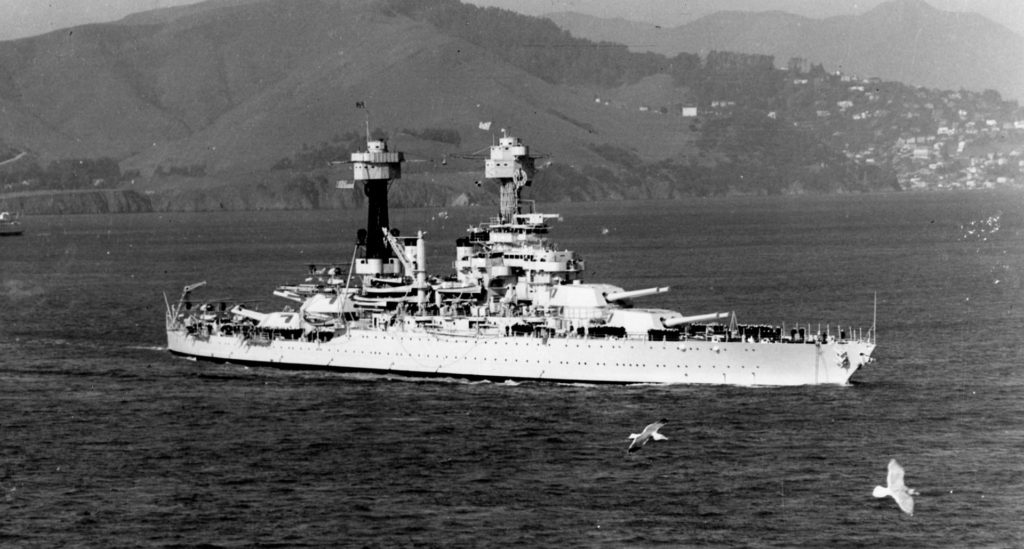
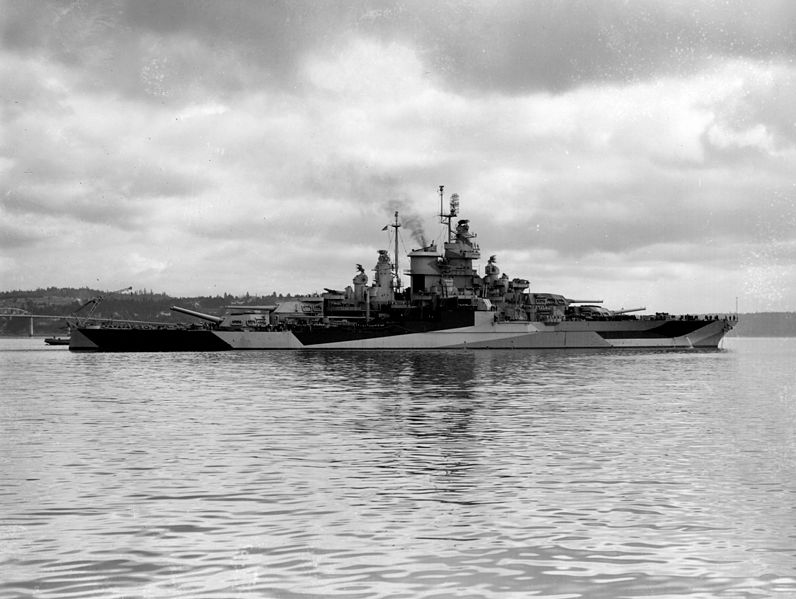

Recent Comments